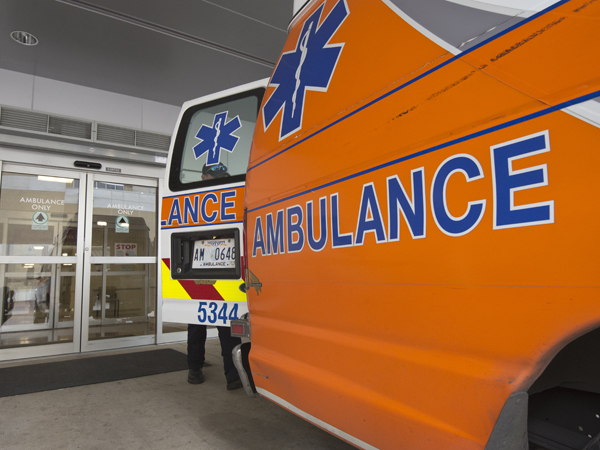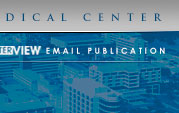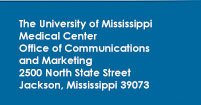|
Medical experts at the University of Mississippi Medical Center met with metro-area media Monday to highlight the extreme dangers that come with using "spice," a potent synthetic drug meant to re-create the high that comes with marijuana. UMMC has treated nearly three dozen patients for adverse effects of the drug over the Easter weekend.
|
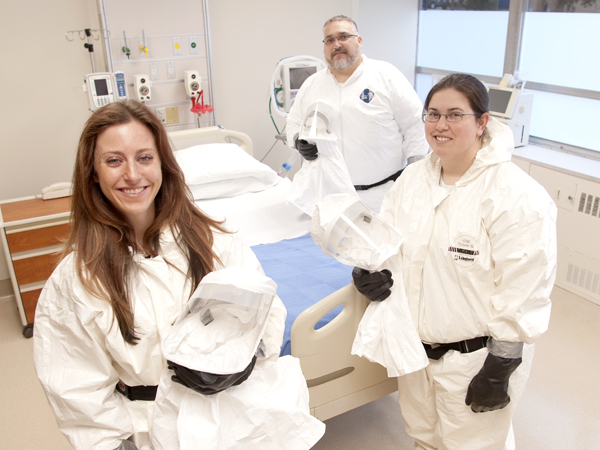
|
When a "nightmare" health-care scenario occurs in our state - a highly contagious, dread virus like Ebola; radiation exposure from a breach at a nuclear power facility; an accidental yet potentially lethal chemical spill - who are the brave souls who put their own safety at risk to provide high quality care to those whose very existence threatens the lives of their fellow Mississippians?
|
|
The same year the University of Mississippi Medical Center received its reaccreditation by the Association for Assessment and Accreditation of Laboratory Animal Care (AAALAC), the organization elected a UMMC faculty member as its vice president.
|
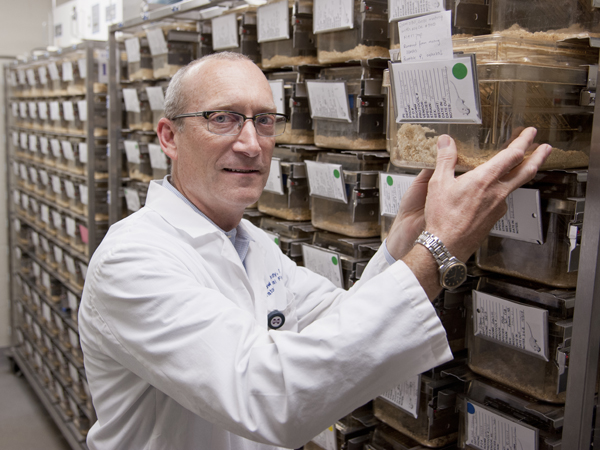
|

|
The Medical Center is proud to acknowledge those employees who will celebrate service anniversaries this week.
|
|
A number of interesting events is scheduled for the upcoming week at the Medical Center.
|

|

